This is the second in a series of reports on the progress of the Roaring Fork Watershed Biodiversity and Connectivity Study. Initiated in December 2018 by the non-profit Watershed Biodiversity Initiative, the Study will conclude this December 2021.
A significant Study catalyst was a conceptual commitment by Pitkin County Open Space and Trails Program to use the best available science to inform its prioritization for protecting and restoring biodiversity. Losses in biodiversity and declines in large ungulate populations in the watershed were significant motivating factors for our Science Team of leading conservation agencies and organizations.
To advance the idea of biodiversity conservation from the conceptual into direct conservation actions, the Biodiversity Study was conducted by the Colorado Natural Heritage Program (CNHP) to provide the best available science.
Finding nature's fingerprints
CNHP scientists collected field data at study plots across all the primary drainages, elevations, and habitat types in the Watershed. The study plots were then defined, each with a unique light reflectance “fingerprint” detectable by precision Landsat II satellites. Next, computers were trained to search for these fingerprints across the watershed. Data collected on the ground (under a microscope) was used to inform satellite imagery (under a telescope) to characterize the ecological condition of the watershed’s 928,000 acres.
Layering to learn
Multiple data layers, refined through several iterations with our Science Team, are now being developed and layered together to produce a set of maps that depict the landscape-scale locations across the watershed that are likely to be high priorities for conservation of high-quality habitat for biodiversity. Like an artist producing a fine print by applying successive layers of color, the landscape ecologist with a sophisticated computer, assembles successive layers of data to render a spectrum of maps that depict the ecological values of both the entire watershed and selected areas of interest.
Science based stewardship
Once delivered, these maps, and the underlying data, provide a science-based tool for landscape-scale conservation. With collaboration around solid science, conservation efforts can be coordinated and amplified. This is befitting a community of agencies, organizations, and individuals where interests vary, yet a common commitment to the stewardship of nature exists.
The Biodiversity Study and its companion Wetland Study have been funded through private-public partnerships. Final direct costs for the combined Studies will be $600,000 over three years. Consider that this is 65 cents an acre for developing an unprecedented science-based tool to understand and conserve the remarkable biodiversity of the watershed on a landscape scale.
The work of refining the final Study deliverables is ongoing and I look forward to keeping you informed.
Sincerely,
Tom Cardamone
Executive Director




